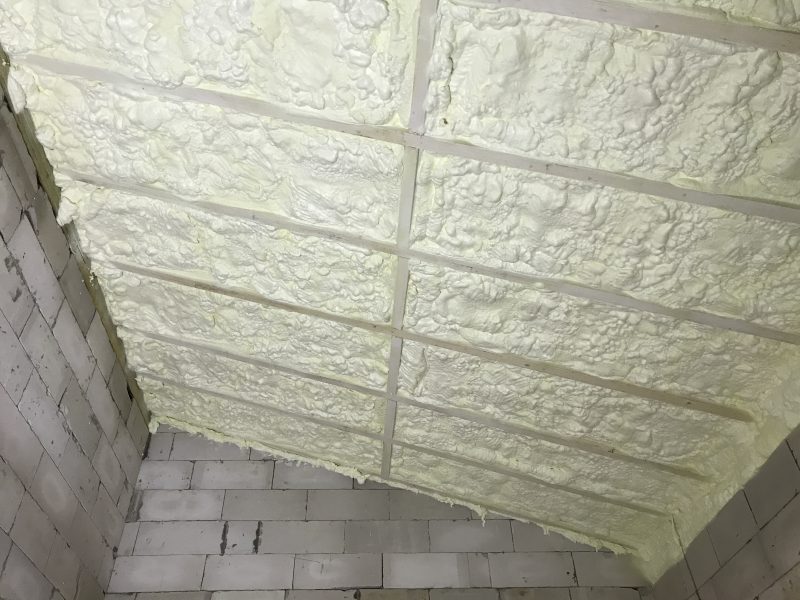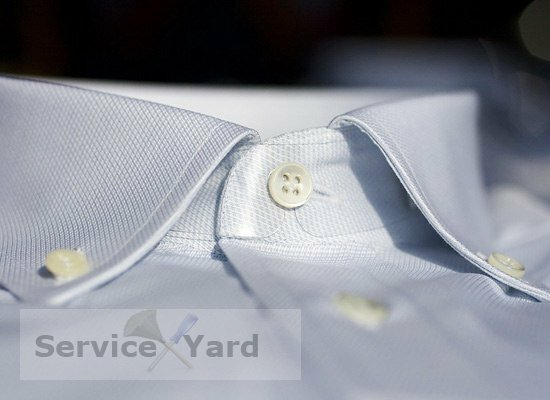Recently, a material such as sprayed polyurethane foam is gaining increasing popularity in the insulation of various objects in civil and industrial construction. Really, seamlessness cover, environmental friendliness, no need for fasteners, high speed of work make insulation service polyurethane foam attractive to both the homeowner and the owner of a production building or warehouse.
Spray polyurethane foam (PPU) is positioned as the best material for insulation, since it has no equal in heat resistance. However, this only applies to closed-cell PPU with a fine-pored structure.
Important! Rigid and closed-cell polyurethane foam are not synonymous. Open-celled material can also be tough to the touch.
Resistance heat transfer

Generally, ability materials conduct heat consists of heat transfer by convection, thermal conductivity of the substance itself and heat transfer by radiation. Heat insulating propertiesclosed cellpolyurethane foamsare determined exactly quantity and "quality" contained in himgas phase. Heat transfer contribution the actual polymer is small, since the fraction of the solid phase is only on the order of 2-5 %, depending on the brand PPU.A closed cell structure prevents the movement of air and foaming gas inside the material and thus blocks convectionYu. The cells are saved dry and motionless gas - such a material is an ideal insulation.
IN PPU with open gas phase unhindered circulates between cells. The effectiveness of insulation based on open-celled PPU is about 2 times worse in comparison with closed-cell. Very fast the gas contained in the cells is displaced by air, which means that it circulates already and portable them water vapor.therefore the more open cells, the larger they are, the faster the insulation “stops heating”.

In the same time open-celled polyurethane foam - excellent sound insulator. Due to the labyrinthine structure, the sound is effectively damped intolSCHe material. Therefore, such foams are ideal for filling interior partitions or interfloor soundproofing.
Important! Between the size of the cells and the thermal conductivity of the polyurethane foam there is direct dependency. The smaller the cells, the lower the thermal conductivity, i.e. the warmer the foam.
IN closed cellhard polyurethane foamsgas "Enclosed" in durable capsules with poorly permeable walls. That is, razo exchange and moisture exchange mbetween cells and external atmosphere reduced to a minimum. NSTherefore, the thermal properties closed cellpolyurethane foamspersist practically unchanged throughout the entire service life.
Closed cell foam not recommended use as soundproofing materials. Closed cells act like resonators, so the effect is much lower than expected.
Consistency of characteristics and durability
Important! The period of preservation of the original heat engineering characteristics polyurethane foam also depends on the blowing agent.

In "inexpensive" polyurethane foam, carbon dioxide, as a rule, serves as a foaming agent. But at the same time with a lower coefficient of thermal conductivity in comparison with air, it has a largeOth "fluidity". I.e CO2 in cells it is replaced by air relatively quickly. In high quality modern polyurethane foams foaming agenteat gases of "complex composition" with high molecular weight and very low thermal conductivity. They are extremely slowly displaced from the cells, which makes a huge contribution to the durability of the foam.
Quality and the price polyurethane foams
Important! It is almost impossible to visually determine the quality of the foam. Materials of the same appearance may differ in the value of the thermal conductivity coefficient by 2 times or more.
Unfortunately, the characteristics often declared by some manufacturers polyurethane foams do not correspond to reality. Therefore, responsible performers, having tested inexpensive foams in practice, end up preferring products from recognized industry leaders. The only drawback of such materials is their high cost.

However, this price always pays off due to a number of advantages. For example, elementary the thermal conductivity of relatively inexpensive foams is 0.028-0,035 W / (m2×TO). Moreover, as a rule, suchpolyurethane foams unstable in quality from batch to batch, subject to shrinkage, there are a lot of questions about environmental safety, adhesion, mechanical strengthetc.
Have high quality foams elementary coefficient of thermal conductivityis within0,018-0,023W / (m2×TO). But most importantly, the declared parameters correspond to the actual ones. The properties are stable from batch to batch, the practical consumption is significantly (!) Less than that of cheap foams. Foaming is uniform, which means uniform throughout the thickness properties.
Important! The cost of a quality hard closed-cellpolyurethane foam different performers differ by no more than 5-10%. If you are offered to perform insulation much cheaper than the lower limit, then the performers are using obviously cheap systems.



